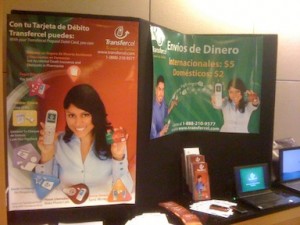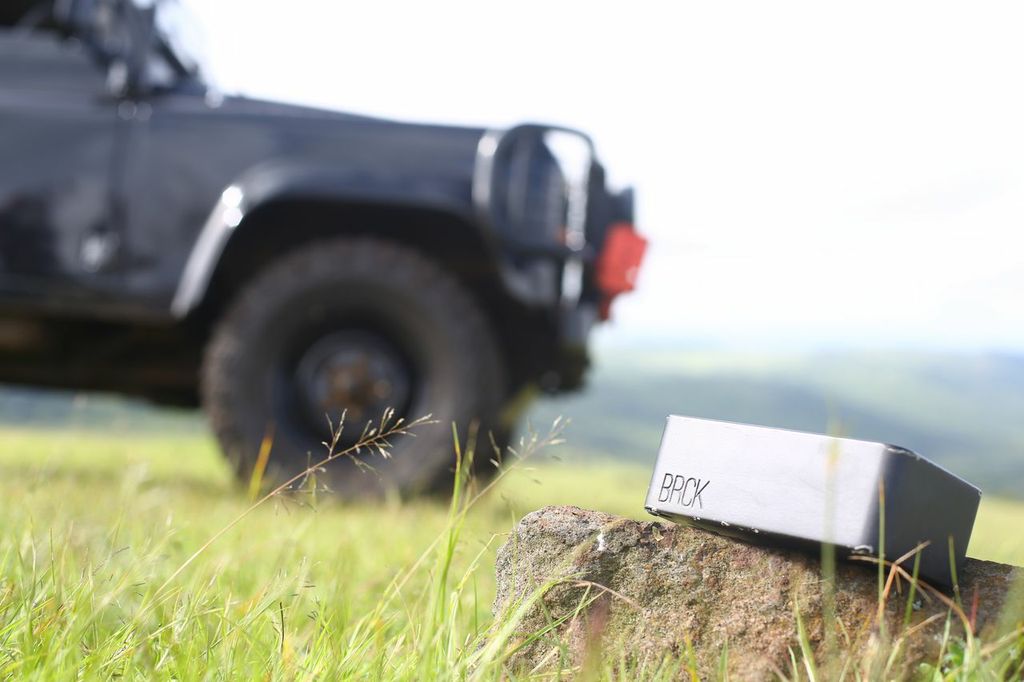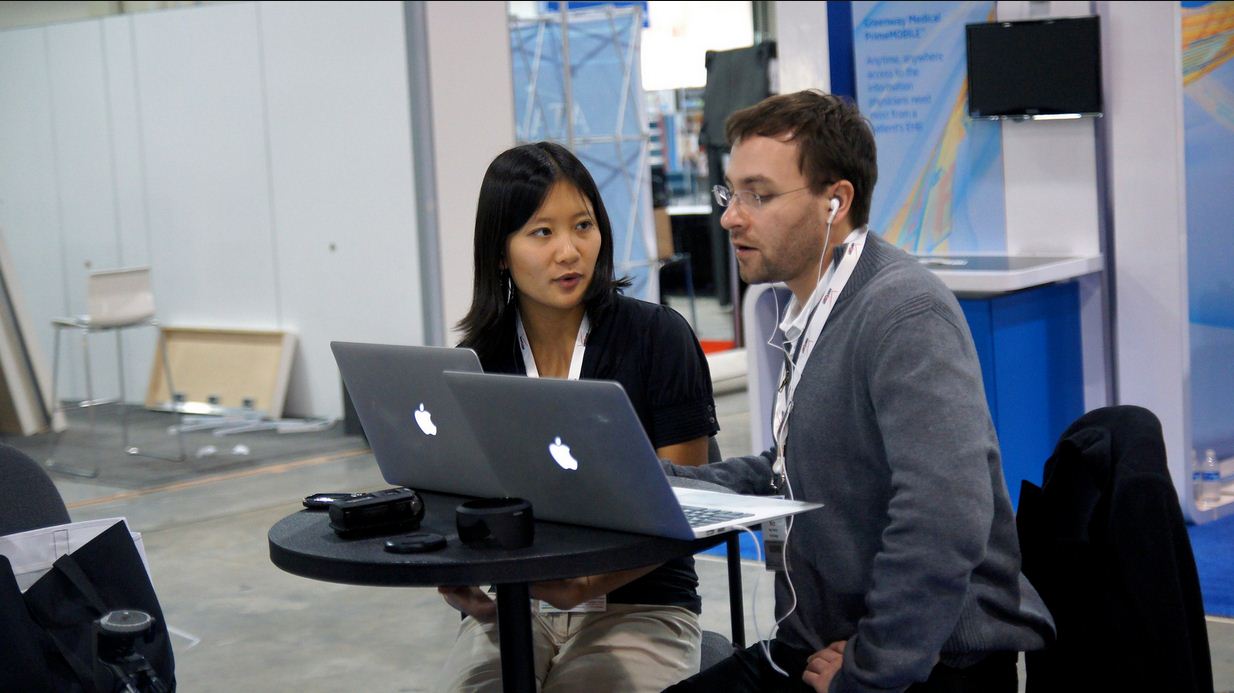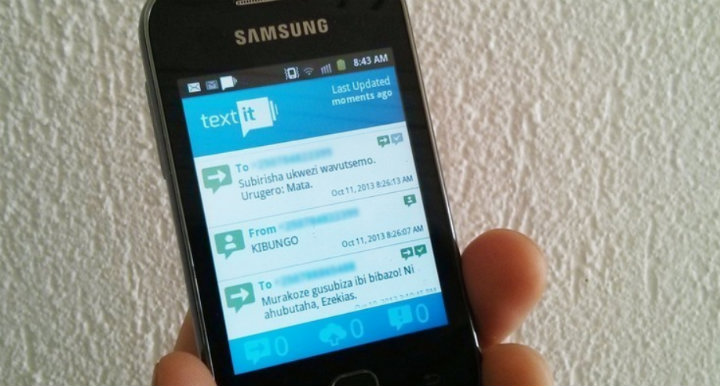Today’s Tech@State event produced some great insights into current uses and future applications for mobile money. The presenters did a wonderful job detailing the different models currently being used to engage the billions who are unbanked but have access to a mobile device. Some key take-aways from the day were (1) the need to focus on user inputs, (2) the importance of building a network of physical agents, (3) and possibilities for other services that are enabled once a successful mobile money system is established.
 While the issue of illiteracy is frequently raised in developing an interface for mobile systems, what’s less often addressed is what Jan Chipchase of Frog Design calls a “literacy of users”. Knowing what services consumers want and working from those inputs can save developers tremendous energy and time. Chipchase noted that far too many organizations create highly efficient but ultimately undesired technological solutions. Monica Brand, who directs the Frontier Investment Group at ACCION international, cited the difficulty of changing user behavior as the reason she avoids investments in technologies that are “looking for a problem” rather than addressing actual user needs.
While the issue of illiteracy is frequently raised in developing an interface for mobile systems, what’s less often addressed is what Jan Chipchase of Frog Design calls a “literacy of users”. Knowing what services consumers want and working from those inputs can save developers tremendous energy and time. Chipchase noted that far too many organizations create highly efficient but ultimately undesired technological solutions. Monica Brand, who directs the Frontier Investment Group at ACCION international, cited the difficulty of changing user behavior as the reason she avoids investments in technologies that are “looking for a problem” rather than addressing actual user needs.
A primary benefit of mobile money is that it utilizes a platform already widely used among low-income consumers: the phone itself. Obopay’s Carol Realini indicated that the unbanked are more likely to take advantage of a mobile money service because they already have experience in going to an agent to top-up their pre-paid phone. Therefore, the leap from adding minutes and sending texts to making mobile money transfer payments is not tremendous and consequently much more feasible than the introduction of an entirely new technology or service.
One of the main issues that kept emerging across the different m-money examples was the challenge of building a physical infrastructure for cash in/out locations staffed with trained agents who provide support and services for users. Shainoor Khoja of Roshan gave a stunning statistic: it takes her company 8 months and costs around $5,000 to train one agent. Beyond training, Kabir Kumar of CGAP pointed out that we still have not established best practices for pricing and revenue sharing with agents. His research showed that while agents in Kenya were making more revenue from providing m-money services, Brazilian agents were more profitable overall because of increased foot traffic that drove sales of unrelated products. The critical challenge for those interested in moving into the m-money space is developing the business models and practices that suit their needs and those of their agent network.
 While overall there was a tremendous optimism about the m-money, I couldn’t help but get excited about what else becomes possible once the infrastructure for mobile money is in place. Given that some 70% of the bottom of the pyramid relies on agriculture production for their livelihoods, imagine the potential benefits from reducing the transaction costs associated with obtaining credit and selling products in distant markets.
While overall there was a tremendous optimism about the m-money, I couldn’t help but get excited about what else becomes possible once the infrastructure for mobile money is in place. Given that some 70% of the bottom of the pyramid relies on agriculture production for their livelihoods, imagine the potential benefits from reducing the transaction costs associated with obtaining credit and selling products in distant markets.TechChange is working with the US Institute of Peace (USIP) to publish a follow up report to the June 24th event “Can you help me now? Mobile Phones for Peacebuilding in Afghanistan.” We plan to look closely at this practice of mobile money – its many benefits and its pitfalls – and also consider how mobile devices are being used for agricultural m-commerce. So stay tuned. Thanks to all the folks from Tech@State for putting on a great event – hope you all do more in the near future.



